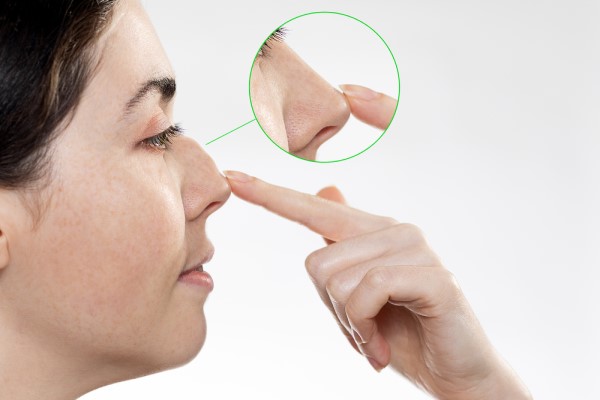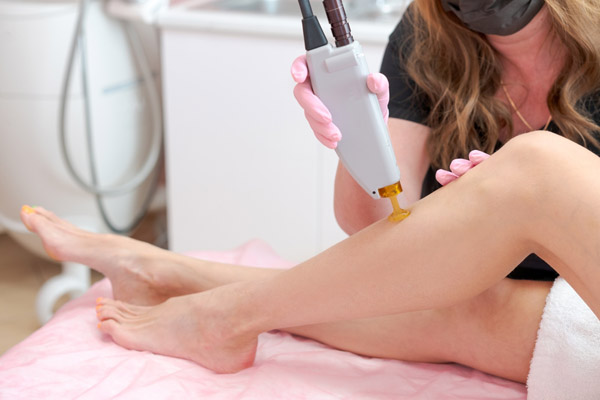What Is Rhinoplasty?

Rhinoplasty is a surgery performed in order to alter the shape of the nose. The primary objective of rhinoplasty is to enhance the appearance of the nose, ease breathing, or both. Consult with a surgeon to find out if you are eligible for the procedure and what the outcome would look like.
About the rhinoplasty process
Rhinoplasty can alter the shape, size, or proportion of the nose. It may be recommended to correct deformities caused by an injury or congenital malformations or to remove breathing difficulties.
When planning the procedure, the surgeon will check the patient's facial features and the skin on the nose and discuss the patient's goal for the surgery. If the patient is eligible for the procedure, the surgeon will create a treatment plan.
Preparing for rhinoplasty
A consultation with a plastic surgeon is necessary to determine if the person is a suitable candidate. As part of the initial consultation, they will explain why they want the operation and the anticipated results.
The surgeon will go over the person's medical history and inquire about any drugs or health concerns that they are currently dealing with. For example, the doctor will likely discourage any elective surgery if the candidate has hemophilia, which causes bleeding. As part of the evaluation process, the surgeon will do a physical examination, including examining the nose's skin on the inside and the outside to identify any potential issues. The doctor may also recommend blood testing and other laboratory tests.
If additional surgery is necessary during the procedure, the doctor will discuss this with the patient. Sometimes, rhinoplasty is often performed along with a chin augmentation, which enhances the chin's definition. The surgeon will also take photographs of the nose from different angles during this appointment. They will use the images to monitor the long-term effects of surgery and may reference them during the procedure.
Patients will need to abstain from using pain relievers with ibuprofen or aspirin for two weeks before and after surgery. These drugs may affect blood clotting and increase bleeding. The surgeon also needs to know about current medications and supplements.
Those who smoke may struggle with recovery after rhinoplasty because smoking slows down the healing process. Nicotine causes blood vessel constriction, so healing tissues get less oxygen and blood. Not smoking before and after surgery may aid recovery.
What to expect from the surgery
Every rhinoplasty is unique and personalized to achieve the specific objective of the patient. The surgery requires local anesthesia combined with sedation or general anesthesia, depending on the complexity of the surgery and the surgeon's methods. During the initial consultation, the surgeon will discuss the most appropriate type of anesthesia with the patient.
The surgeon may perform the surgery inside the patient's nose or via a tiny incision at the base of the nose, between the nostrils. They will probably readjust the bone and cartilage under the skin.
The surgeon can alter the shape of the nasal bones and cartilage in different ways, depending on the nose's structure, how much needs to be added or removed, and obtainable materials. For minor alterations, the surgeon may take tissue from deep inside the patient's nose or ear. For major changes, the surgeon can take cartilage from implants or bones from other areas of the body. After making the changes, the surgeon will restore the skin and tissues of the nose and close the incisions.
If the septum (the wall dividing the two sides of the nose) is crooked or bent, the surgeon can make necessary improvements to aid breathing. After the surgery, the patient will be moved to a recovery room, where a health team will monitor the patient's return to consciousness. The patient may be able to leave on the same day but may need to stay overnight if there are other health issues.
After surgery
Following the surgery, the doctor will advise the patient to rest in bed with their head elevated above their chest to minimize bleeding and swelling. The nose may feel congested due to swelling or from the splints put inside the nose during the procedure. In most cases, the patient will need to keep the internal dressings in place for one to seven days after the procedure. The doctor will tape a splint to the nose for support and protection. This will remain there for at least a week.
Results
Even the smallest changes to the nose structure can make a significant difference to its appearance. An experienced plastic surgeon can obtain satisfying results. Sometimes, a second surgery might be required for additional changes, but only after the nose has completely healed.
Request an appointment here: https://paulcdillonmd.com or call Paul C. Dillon, MD Inc at (847) 429-3185 for an appointment in our Schaumburg office.
Check out what others are saying about our services on Yelp: Read our Yelp reviews.
Recent Posts
A breast lift reshapes and raises the bust, while breast augmentation increases volume and enhances contours. While both procedures improve the breasts ' appearance, they serve different purposes. When exploring these options, it helps to understand how each one works, when one may be more beneficial over the other, and when the plastic surgeon may…
In recent years, there have been major changes in the methods for unwanted hair removal, offering individuals several options for smooth, hair-free skin. Two of the most popular treatments, laser hair removal and waxing, are known for their effectiveness and for providing long-term results. While both methods focus on reducing hair, they differ in their…
Medical-grade facials offer a level of care and results that traditional spa treatments cannot provide. This treatment combines the science of plastic surgery and cosmetic benefits to address deeper skin concerns. Unlike general relaxation facials offered at spas, medical-grade facials are performed in medical environments with professional oversight.A primary difference between medical-grade facials and spa…
As with any surgical procedure, the recovery period of a tummy tuck is crucial to its success. The key to a successful recovery is knowing what to expect so you can prepare ahead of time. Understanding what to expect can help ensure a smooth recovery.It is important to note that recovery timelines vary by patient,…


